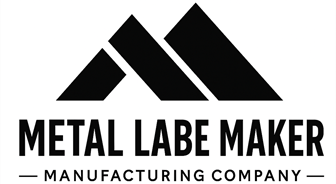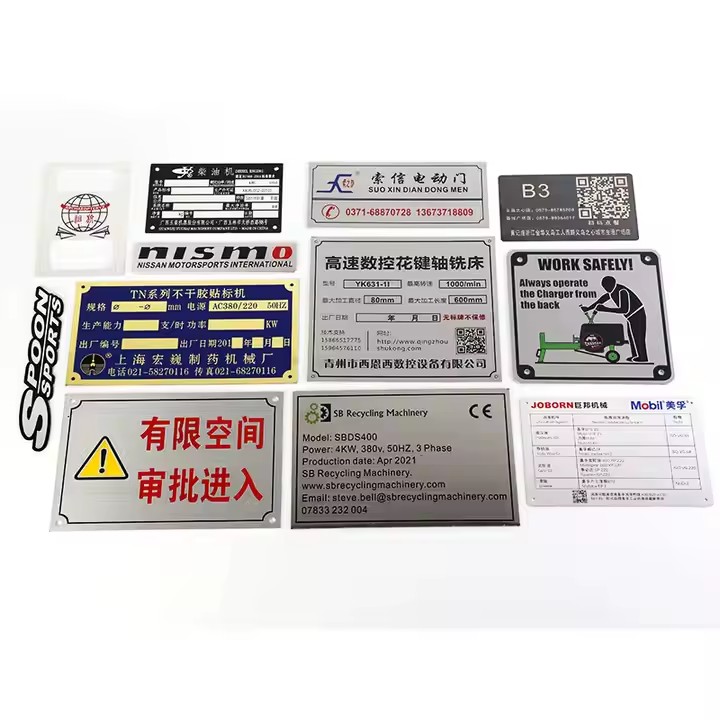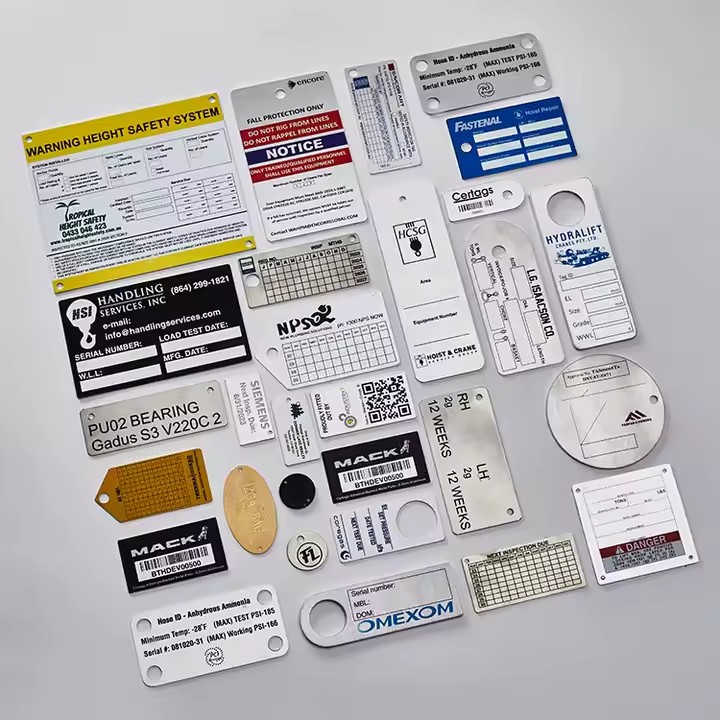Step-by-Step Aluminum Label Production Process
Aluminum labels are widely used across various industries due to their durability, corrosion resistance, and customization capabilities. Understanding the production process can help manufacturers and clients ensure the quality and suitability of their aluminum labels. Here’s a detailed step-by-step guide on how aluminum labels are produced:
1. Raw Material Selection
The production starts with selecting high-quality aluminum sheets or coils. The thickness and grade of aluminum depend on the intended use of the label. Typically, aluminum alloys with good corrosion resistance and strength are chosen.
2. Cutting and Shaping
Once the aluminum material is ready, it is cut into the required sizes and shapes using precision cutting tools such as laser cutters, die-cutting machines, or stamping presses. This step ensures each label meets the exact dimensions specified in the design.
3. Surface Treatment
To enhance durability and prepare the surface for printing or engraving, aluminum labels undergo surface treatments like:
-
Anodizing: An electrochemical process that creates a protective oxide layer, improving corrosion resistance and allowing dyeing in various colors.
-
Powder Coating: Applying a protective colored coating that provides additional wear and chemical resistance.
-
Sandblasting or Polishing: To achieve desired textures or finishes.
4. Printing and Marking
The next step involves applying the design, text, logos, or serial numbers onto the aluminum surface. Common printing and marking methods include:
-
Screen Printing: Ideal for bold, solid colors.
-
Digital Printing: Allows for complex, multi-color designs.
-
Laser Engraving: Provides permanent, high-precision markings.
-
Etching: Chemical or laser etching for detailed and durable designs.
5. Adhesive Application (if applicable)
If the aluminum labels are to be used as stickers or tags that need to adhere to surfaces, a high-quality adhesive backing is applied. The adhesive type varies based on the label’s application environment (e.g., outdoor, high temperature).
6. Quality Inspection
Every batch of aluminum labels undergoes strict quality control to check for dimensional accuracy, print clarity, adhesion strength, and surface finish. This step ensures that the final product meets client specifications and industry standards.
7. Packaging and Delivery
After passing quality checks, the labels are carefully packaged to prevent damage during transportation. Bulk orders are packed according to client requirements to facilitate easy handling and inventory management.
Conclusion
The production of aluminum labels involves a precise sequence of steps—from selecting raw materials and cutting, through surface treatment and printing, to final inspection and packaging. Each stage is critical to producing high-quality, durable, and visually appealing aluminum labels tailored to various industrial and commercial needs.







